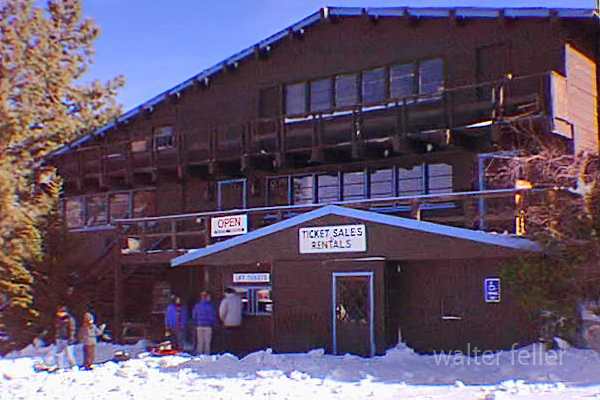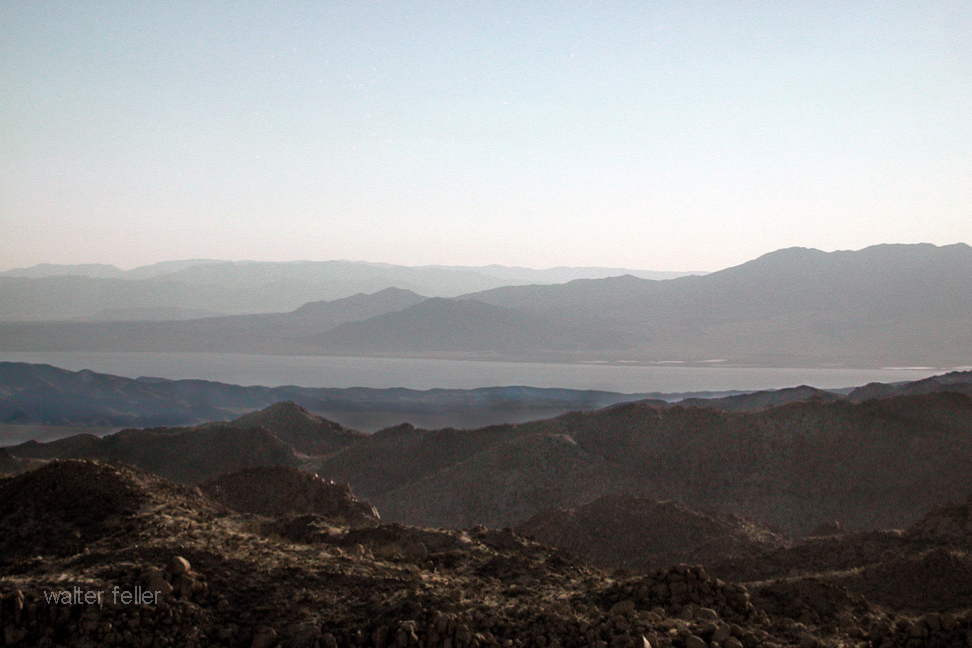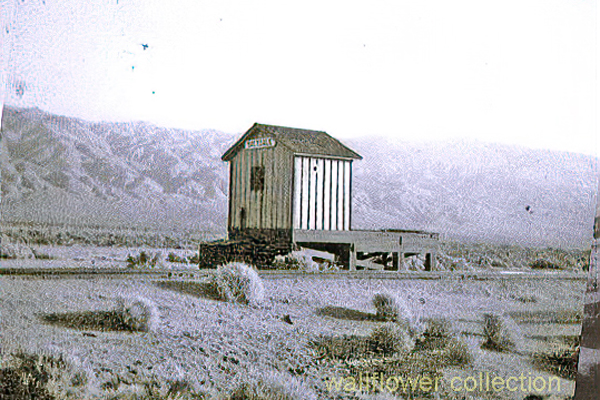Braided wagon trails become braided due to a variety of factors, primarily stemming from the behavior of the travelers and the physical environment they traverse. Here’s an overview of how this process occurs:
- Multiple Path Creation: Initially, a wagon trail starts as a single path. As more wagons follow the same route, the trail becomes more pronounced. However, when a part of the trail becomes difficult to traverse due to obstacles, mud, steep inclines, or other challenges, travelers may start to create alternate paths to bypass these difficult sections.
- Environmental Conditions: Factors like weather conditions (heavy rains creating mud, snow, etc.), natural obstacles (fallen trees, rockslides), or changes in the landscape (river course changes, growth of vegetation) can render parts of the original trail less passable. Wagon drivers then seek easier or safer routes, leading to the creation of parallel tracks.
- Heavy Use and Erosion: With heavy use, the main trail can become deeply rutted and eroded, making it increasingly difficult for wagons to pass. This encourages travelers to forge new paths alongside the original one. Over time, with many wagons choosing different routes to avoid these ruts, a braided pattern of multiple trails emerges.
- Avoidance of Conflict or Danger: Sometimes, the creation of braided trails is also influenced by the travelers’ desire to avoid conflict with other groups or dangerous wildlife. This could lead to detours that contribute to the braiding.
- Search for Resources: In some cases, particularly during long journeys, wagons might veer off the main path in search of resources like water, grazing land for livestock, or better camping spots, which further contributes to the braiding of trails.
- Lack of Central Coordination: In many historical contexts, there was no central authority planning or maintaining these trails, so they evolved organically based on the immediate needs and decisions of the travelers.
This phenomenon was particularly notable in the era of westward expansion in the United States, where many trails, like portions of the Oregon Trail or the Santa Fe Trail, exhibited this braiding due to the heavy traffic of wagons over decades, all facing various environmental and practical challenges.








